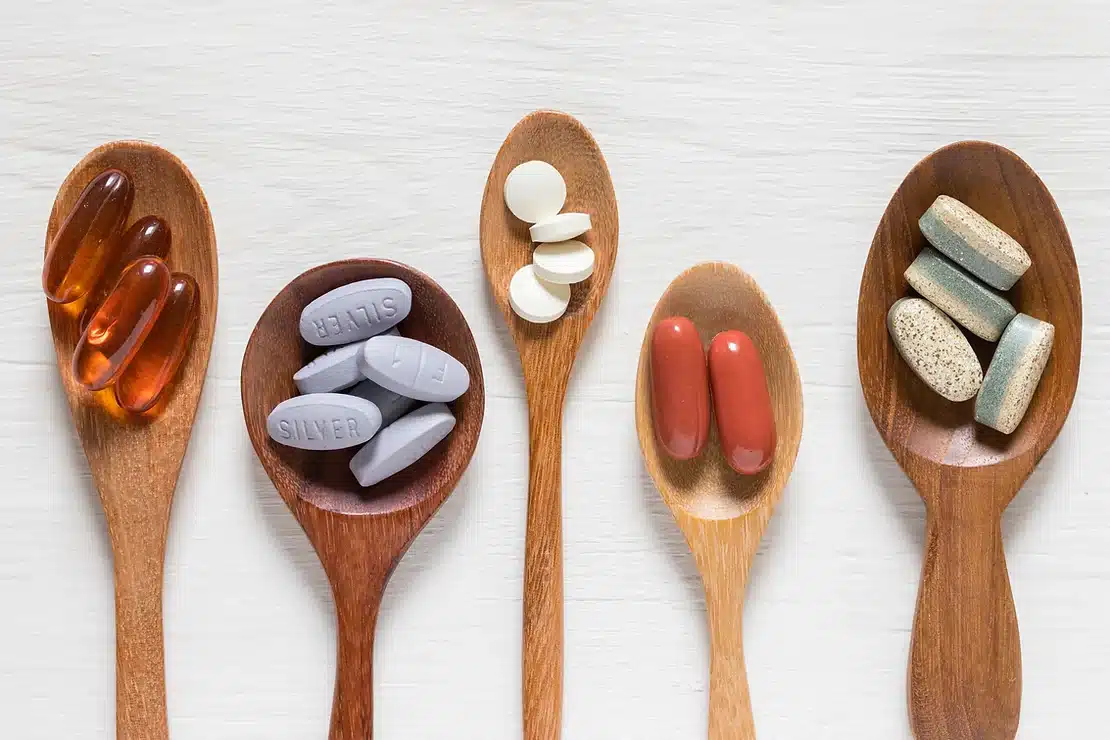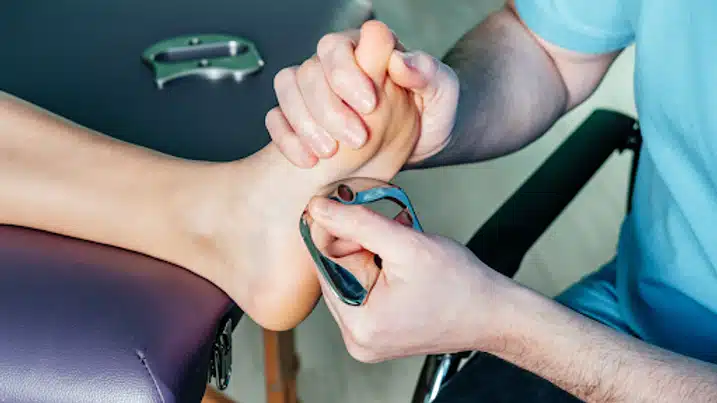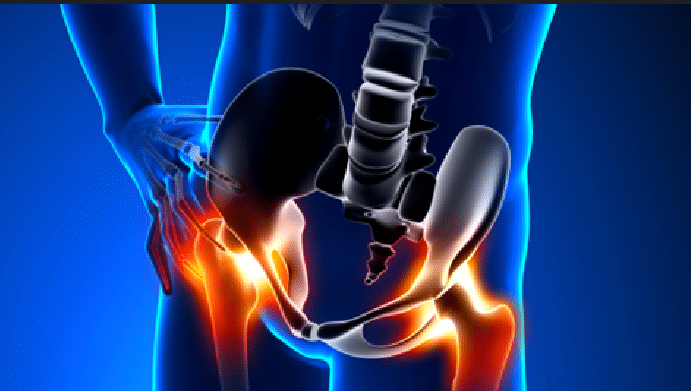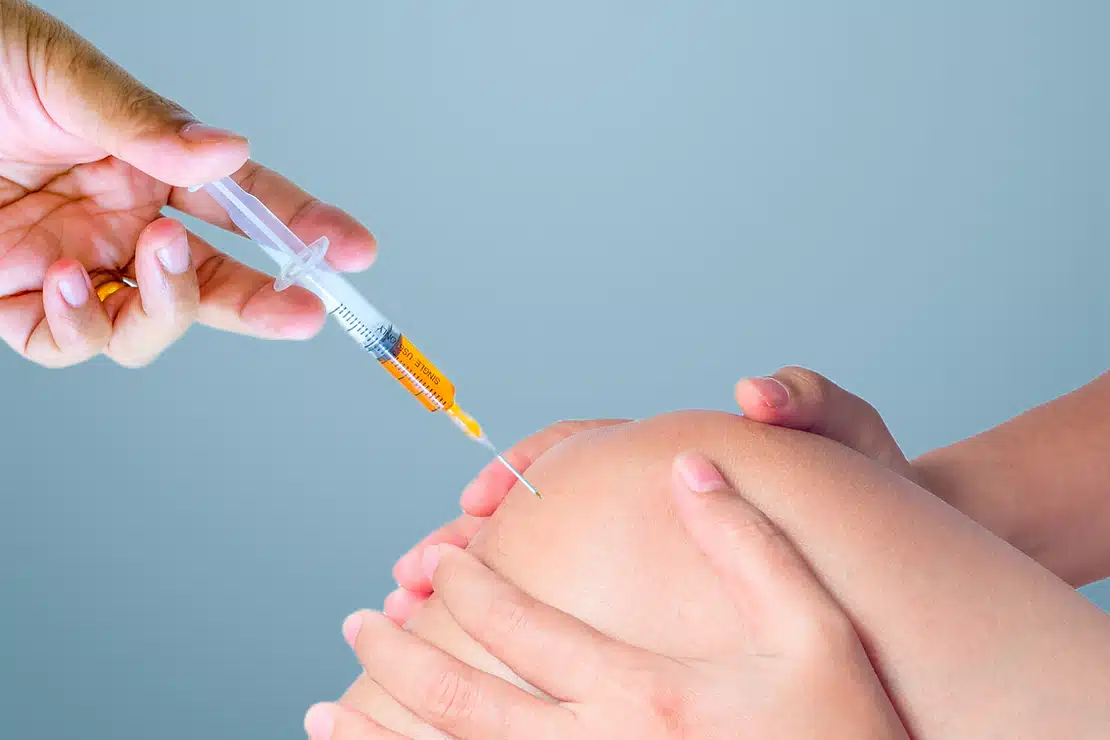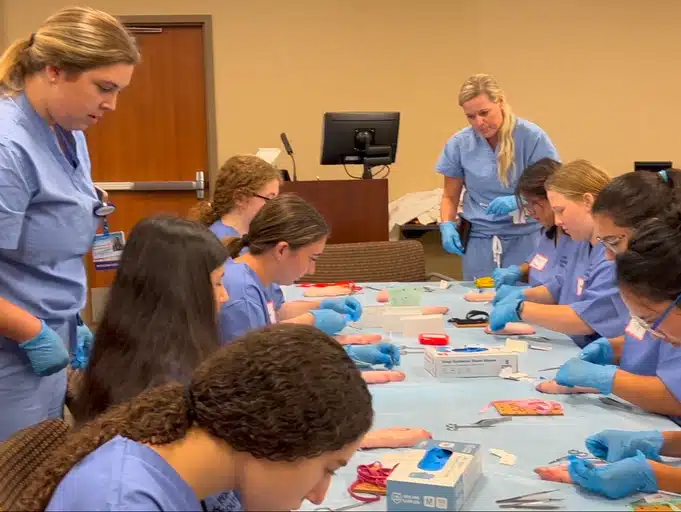If there is an epidemic in our community affecting more individuals, the frontrunner is osteoporosis. It affects at least 25% of women and 12% of men over age fifty, with two out of every five people developing a fracture as a consequence, whether it involves the hip, spine or wrist. Although the morbidity and the mortality of these fractures has decreased significantly over the past several years, the underlying problem remains vast.
Appropriate medical treatments in conjunction with mineral and vitamin supplements can decrease the risk of subsequent fracture by up to 60%, yet the percentage of patients receiving these treatments is low. As orthopaedic surgeons, we are privileged to treat those sustaining these fractures. The ability to prevent another fracture can not only prevent further pain and suffering, but can also save lives.
The easiest way to maintain bone health, and minimize the waning bone mineral density that naturally occurs, is to take the appropriate supplements. A postmenopausal woman should take 1500mg of calcium and at least 400 IU of Vitamin D daily. This alone can help to halt the loss of bone density that would normally occur. The next easiest thing to do is to talk with your doctor about a DEXA scan, which is an accurate way of measuring bone density with minimal radiation. Currently, Medicare pays for this test every two years for those people at risk for developing osteoporosis. Once a diagnosis is made, medical treatments can be instituted to slow down or potentially reverse the process.
It is this knowledge that can empower us to remain healthy and stay on the golf course and out of the hospital.

